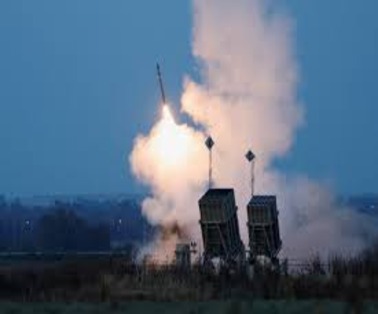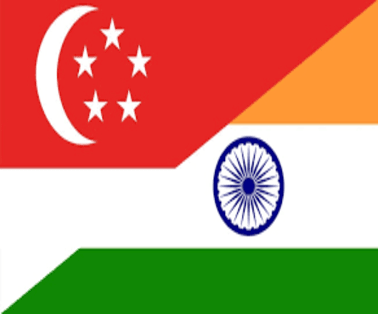Iran and Afghanistan are locked in a long-standing dispute over the sharing of water from the Helmand River.
Key Points Iran And Taliban Water Conflict
- Iran and the Taliban exchanged heavy gunfire on the Islamic Republic’s border with Afghanistan, killing and wounding troops while sharply intensifying rising tensions between the countries.
- Both sides accused each other of shooting first. The clash came amid an escalating dispute between Kabul and Tehran over the Helmand River
- This river is a vital source of water for both sides, supporting agriculture, livelihoods and ecosystems in the region.
- Afghanistan and Iran have been at loggerheads over the sharing of river water for over a century.
The Helmand River
- The Helmand River is the longest river in Afghanistan and the primary watershed for the endorheic Sistan Basin.
- It emerges in the Sanglakh Range of the Hindu Kush mountains in the northeastern part of Maidan Wardak Province, where it is separated from the watershed of the Kabul River by the Unai Pass.
- The Helmand feeds into the Hamun Lake on the border between Afghanistan and Iran.
- Its waters are essential for farmers in Afghanistan, but it feeds into Lake Hamun and is also important to farmers in Iran’s southeastern Sistan and Baluchistan province.
- A number of hydroelectric dams have created artificial reservoirs on some of the Afghanistan’s rivers including the Kajaki Dam on the Helmand River
Lake Hamun

Iran And Taliban Water Dispute
- Afghanistanand Iran signed an agreement — the Helmand River Treaty — in 1973 to regulate the allocation of river water.
- But the accord was neither ratified nor fully implemented, causing disagreements and tensions to persist.
- Iran has accused Afghanistan of violating its water rights for years, arguing that far less water than the amount agreed to in the 1973 treaty flows into Iran.
- Afghanistan has rejected Iran’s accusations, underlining that climatic factors like a shortage of rainfall, resulting in reduced river water volumes, are to blame for the situation.
- A major source of concern for Iran is Afghanistan’s construction of dams, reservoirs and irrigation systems along the Helmand River. Tehran fears that these projects reduce water flow into Iran.
- But Kabul argues that it is within its rights to expand water storage and irrigation capacities within Afghanistan.
Iran and Afghanistan
- Iran and Afghanistan share a 950-kilometer land border.
- Both countries have no major territorial disputes.
- Iran has so far refrained from formally recognizing the Taliban government.
- But it has been pragmatic and maintained relations with Afghanistan’s current rulers.
- Both Iran and Taliban were united in their opposition to the US’s presence in the region.
India And Iran
- India and Iran share close civilizational ties since the times of the Persian Empire and Indian kingdoms.
- Iran is an important nation in India’s neighborhood and in fact, the two countries shared a border until India’s partition and independence in 1947.
- The “Tehran Declaration” signed during former Prime Minister Atal Bihari Vajpayee’s visit to Iran affirmed the shared vision of the two countries for an “equitable, pluralistic and co-operative international order”.
- Iran is located at strategic and crucial geographical location between the Persian Gulf and the Caspian Sea.
- Iran is important to India as it provides an alternate route of connectivity to Afghanistan and Central Asian republics, in the absence of permission for India to use the land route through Pakistan.
To Download Monthly Current Affairs PDF Click here
Click here to get a free demo
Everything About CLAT 2025
Frequently Asked Questions
The Helmand feeds into the which lake on the border between Afghanistan and Iran?
The Helmand feeds into the Hamun lake on the border between Afghanistan and Iran?
Afghanistan and Iran signed an agreement — the Helmand River Treaty — in?
Afghanistan and Iran signed the Helmand River Treaty in 1973
Which is the largest freshwater lake in Iran?
Lake Hamun is the largest freshwater lake in Iran



